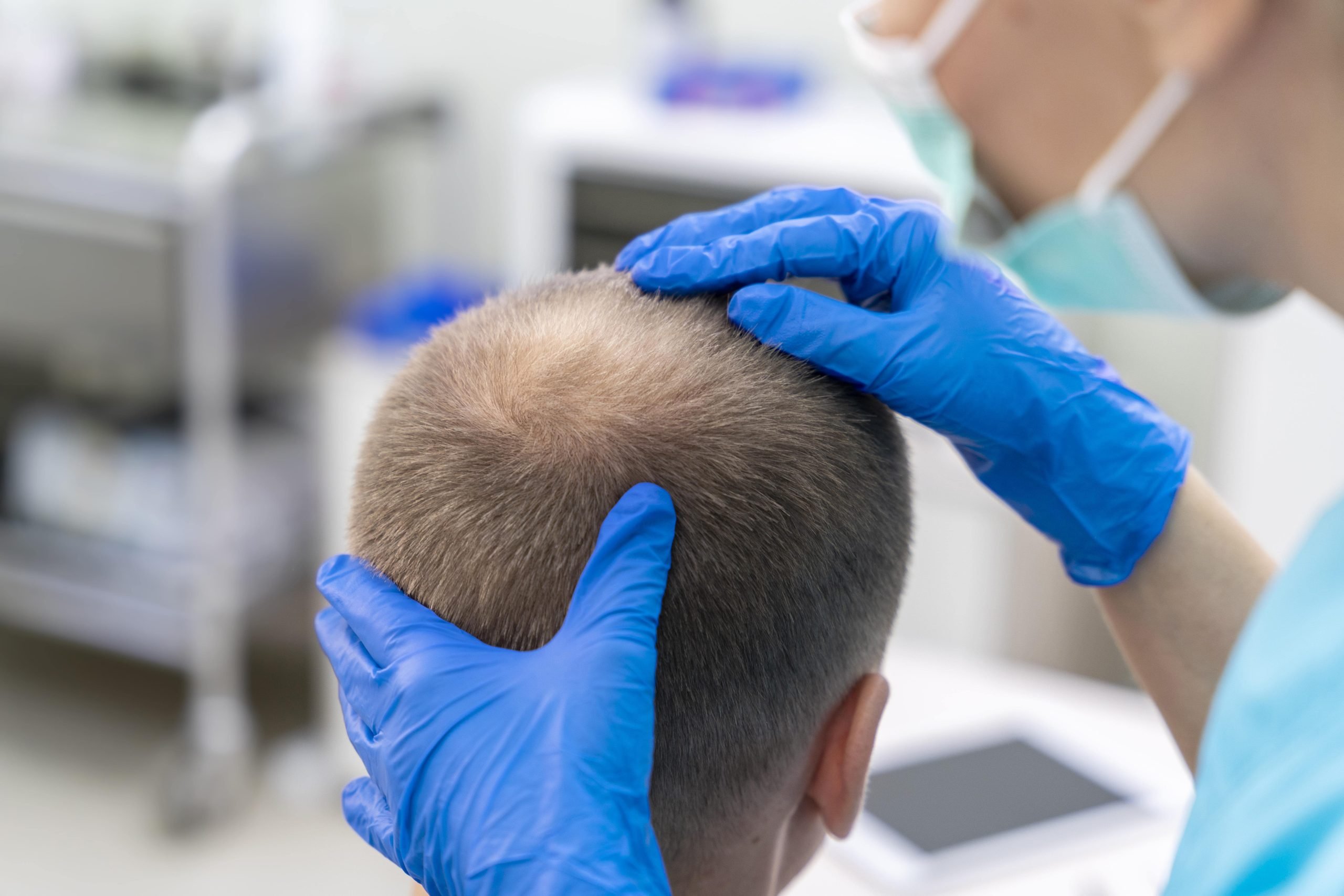Hair loss is a common concern affecting people of all ages, and Islamabad has become a hub for individuals seeking effective hair restoration solutions. With the growth of modern cosmetic procedures and experienced practitioners in the city, hair transplants are now more accessible, safe, and successful than ever before. Clinics in Islamabad offer a variety of techniques tailored to different needs, budgets, and expectations, making it important for anyone considering this procedure to understand the available options. Many people are now considering a hair transplant in Islamabad to restore their confidence and achieve natural-looking hair.

Popular Hair Transplant Techniques
1. Follicular Unit Extraction (FUE):
FUE is one of the most popular hair transplant techniques in Islamabad. This minimally invasive method involves extracting individual hair follicles from the donor area—usually the back or sides of the scalp—and transplanting them into thinning or bald areas. Because it does not require large incisions, FUE leaves minimal scarring and promotes faster healing. It is particularly favored by individuals who prefer shorter hairstyles, as the procedure does not leave a visible linear scar. The cost of FUE can vary depending on the number of grafts required and the clinic’s reputation, but it remains a widely chosen option due to its precision and natural-looking results.
2. Follicular Unit Transplantation (FUT):
FUT, sometimes called the strip method, involves removing a strip of scalp from the donor area. From this strip, individual follicular units are dissected and transplanted to the balding areas. FUT allows for the transplantation of a larger number of grafts in a single session, making it suitable for patients with extensive hair loss. However, this technique leaves a linear scar in the donor area, which can be a concern for those who prefer very short hairstyles. Despite this, FUT remains a cost-effective option and is preferred in cases requiring extensive hair coverage.
3. Direct Hair Implantation (DHI):
DHI is an advanced variation of FUE, where hair follicles are implanted directly into the scalp using a specialized pen-like tool. This allows for precise control over the angle, depth, and direction of hair growth, resulting in a highly natural appearance. DHI is often chosen by patients who want denser results and minimal downtime. While it tends to be more expensive than standard FUE or FUT, the precision and efficiency of the method make it a premium option for many.
4. Robotic Hair Transplantation:
Robotic systems for hair transplantation are emerging in Islamabad and offer a high-tech solution for precision and consistency. These systems automate the extraction and implantation of hair follicles, reducing human error and improving accuracy. Robotic transplants are particularly beneficial for patients who require a high number of grafts or have specific patterns of hair loss. Due to the advanced technology involved, this option is generally more costly than traditional techniques.
Factors Affecting Hair Transplant Costs
Several factors influence the cost of hair transplant procedures in Islamabad:
- Number of Grafts: More grafts require more time and effort, increasing the overall cost. Small procedures may be less expensive, while larger sessions for extensive hair loss cost significantly more.
- Technique Used: Advanced procedures like DHI and robotic transplants tend to be more expensive due to specialized tools and expertise.
- Clinic Reputation: Well-established clinics with experienced surgeons often charge higher fees, reflecting their expertise and success rates.
- Additional Treatments: Complementary therapies such as Platelet-Rich Plasma (PRP) or other hair growth treatments can add to the overall cost.
Post-Procedure Care and Recovery
Successful hair transplantation requires careful post-procedure care. Patients are usually advised to avoid strenuous activities for several days, follow a gentle hair care routine, and adhere to specific instructions provided by the surgeon. Hair growth is gradual, with initial results appearing within three to six months, and full results generally visible after 12 months. Proper care is essential to ensure graft survival and long-term hair health.
Choosing the Right Clinic in Islamabad
Selecting a qualified clinic is critical to achieving successful results. When considering a hair transplant, patients should focus on:
- Surgeon Qualifications: Ensure the surgeon is certified and experienced in hair restoration procedures.
- Clinic Facilities: The clinic should maintain high hygiene standards and use modern equipment.
- Patient Reviews: Testimonials and before-and-after photos can provide insight into the clinic’s track record.
- Consultation Services: A thorough consultation helps determine the most suitable technique for individual needs and expectations.
Islamabad is home to many reputable clinics that cater to different budgets and preferences, offering both advanced and traditional hair transplant methods. Clinics with experienced teams can tailor procedures to each patient’s hair type, pattern of hair loss, and desired outcomes, ensuring a natural and aesthetically pleasing result.
Conclusion
Hair transplantation in Islamabad has become a popular and effective solution for hair loss, thanks to the availability of modern techniques, skilled surgeons, and affordable options. Patients have the choice between FUE, FUT, DHI, and robotic hair transplants, each with its own advantages and considerations. Understanding the different methods, costs, and recovery expectations is crucial for making an informed decision. With careful research and consultation, individuals can restore their hair and confidence, enjoying lasting results and a natural appearance.




Comments